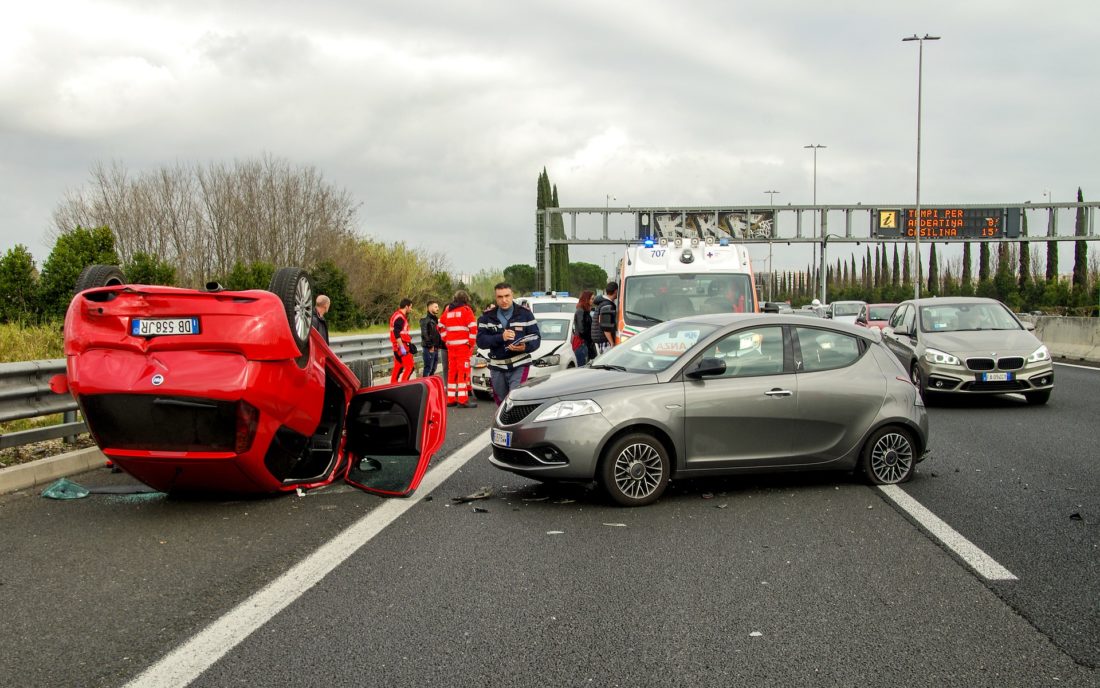In Rideshare Accidents, Who’s To Blame?
 Ridesharing services continue growing in popularity. Since 2016, Uber’s gone from 45 million active users to 99 million, while Lyft has 30 million riders and gives over 1 million rides a day as of 2017. With so many people using these services or their competitors, though, it’s no surprise that accidents involving rideshare vehicles are also on the rise. The problem is, under rideshare companies’ complex service agreements and contractor rules, it can be hard to determine who is to blame in these situations.
Ridesharing services continue growing in popularity. Since 2016, Uber’s gone from 45 million active users to 99 million, while Lyft has 30 million riders and gives over 1 million rides a day as of 2017. With so many people using these services or their competitors, though, it’s no surprise that accidents involving rideshare vehicles are also on the rise. The problem is, under rideshare companies’ complex service agreements and contractor rules, it can be hard to determine who is to blame in these situations.
If you’ve been involved in a car accident while using a ridesharing service, it’s important to choose a personal injury lawyer with rideshare accident experience. The rulings surrounding these cases are still a work in progress, meaning the success of your case will rely largely on your lawyer’s skill in navigating these cases.
A Web Of Insurers
Like any business, ridesharing services rely heavily on insurance companies to operate their business, but nothing about their insurance acquisitions is straightforward. Rather, the companies have various kinds of professional insurance as well as insurance on vehicles leased to drivers and insurance that covers driver behavior. Does that include what drivers do behind the wheel – accidents that they’re involved in – or just other types of behavior such as assault?
Uber does have a $1 million insurance policy that specifically applies when passengers are involved in accidents, but one of the major problems is that passengers don’t usually know about this policy; passengers have to request coverage under this plan. A knowledgeable lawyer will advise you to file a claim under this policy, but you’ll need to act fast.
Victims Outside The Car
It’s not just rideshare users who are involved in accidents involving the service. Pedestrians and bicyclists, for example, may be hit by rideshare drivers and they can face major challenges when it comes to collecting damages. You may not qualify for the company’s insurance coverage because you weren’t using the service, but unless the driver has purchased commercial insurance, their private policy may not pay for your injuries either. Does that mean victims are left out in the cold?
If the driver’s policy won’t pick up your claim, Uber or Lyft’s liability may kick in, but beware of cases in which the driver hasn’t picked up a ride. Drivers qualify for far less liability coverage during what’s known as “period 1” – the time when they’re logged in but not currently carrying a passenger. In those cases, the company only offers $100,000 in injury liability. The $1 million coverage only applies to period 2 and 3 scenarios – when a driver has accepted a passenger and/or has already picked up that passenger.
Ridesharing services are a complicated force in our society, enabling greater independence, but there’s also research that suggests these services actually increase road deaths, never mind all of those who have suffered injuries and are trapped in an insurance nightmare. Insurance companies weren’t prepared for the rise of ridesharing, and many have changed their terms to provide these companies with less coverage. Before you hop in that car, then, take a moment to evaluate the risks. If you get hurt, are you prepared to fight for the coverage you deserve?